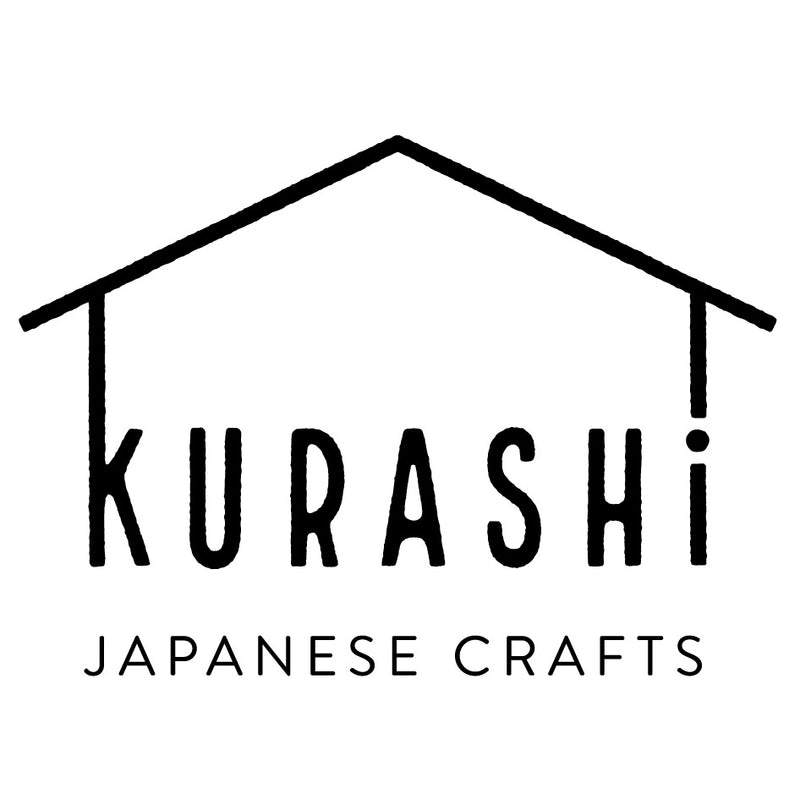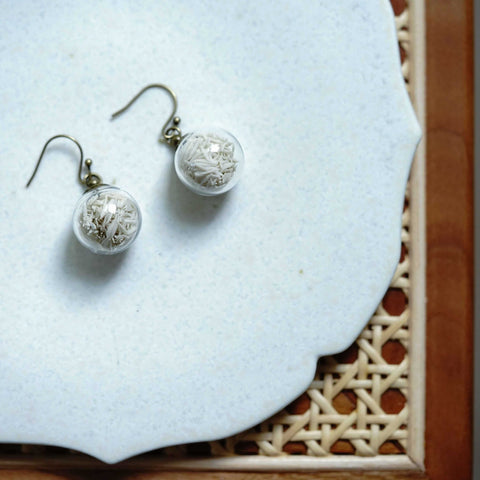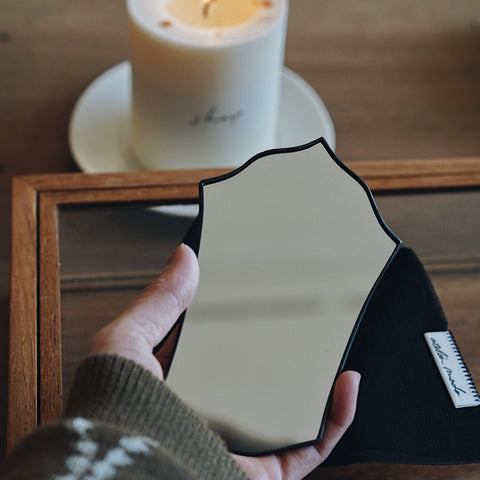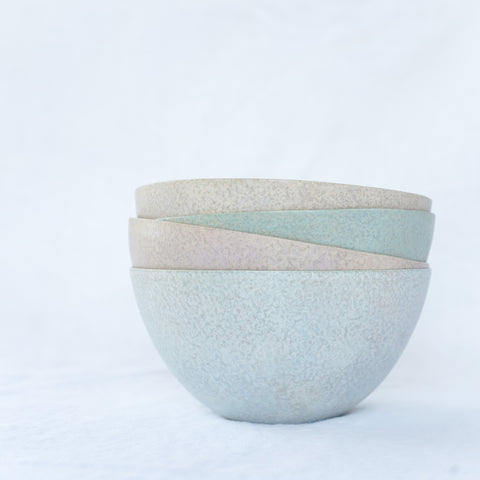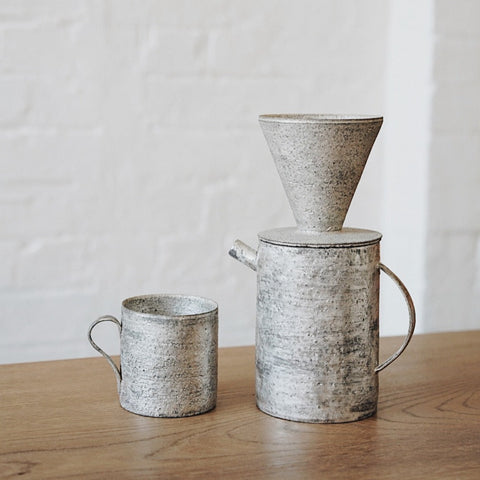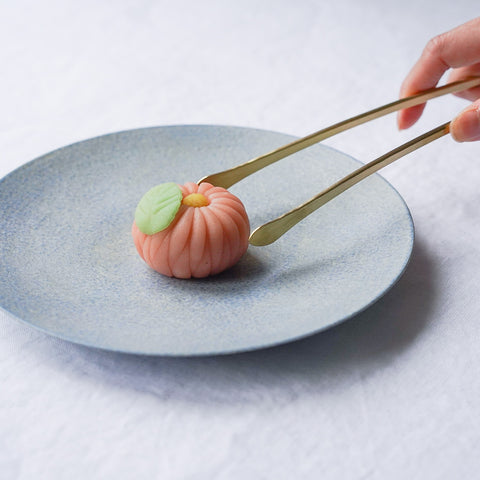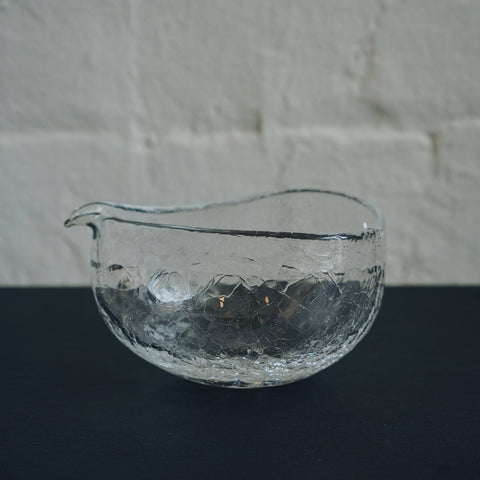‘cheren-bel’ is the duo name that Japanese artists Naotsugu Yoshida and Kaoru Yoshida use when they create collaborative works. This talented couple enjoys creating art pieces from scratch that they only want to create at a specific moment.
The inspiration of their collaborative work has always been the nature that lies right in front of their eyes at the foot of Mt. Fuji - that’s where they live. The distinctive white colour of snow and the black shade of skoriya (volcanic lapilli) on Mt. Fuji are particularly the source of the inspiration for them.
As their first exhibition in the Southern Hemisphere in Melbourne, the duo have specially created and delivered the one-of-a-kind collection of black and white fine porcelain pieces with Kaoru’s artistic line drawings that express the unique beauty of women’s body. They wish that collectors would also enjoy a simple yet beautiful life when using ‘cheren-bel’ vessels.
Naotsugu Yoshida (Japanese potter)
After graduating from Tokyo Zokei University, he studied under the legendary Japanese ceramic artist Taizo Kuroda. He’s built his own kiln after becoming independent and is living with his wife Kaoru Yoshida and his 2 sons at the foot of Mt. Fuji.
Kaoru Yoshida (Japanese drawing artist)
Graduated from Tama Art University in Japan, Department of Graphic Design. She enjoys drawing free-styled and flowing lines using various types of art media on different surfaces that resemble the female body in abstract and imaginary forms.
